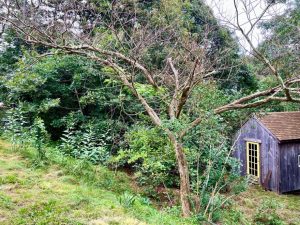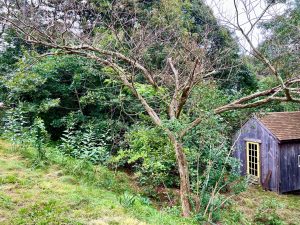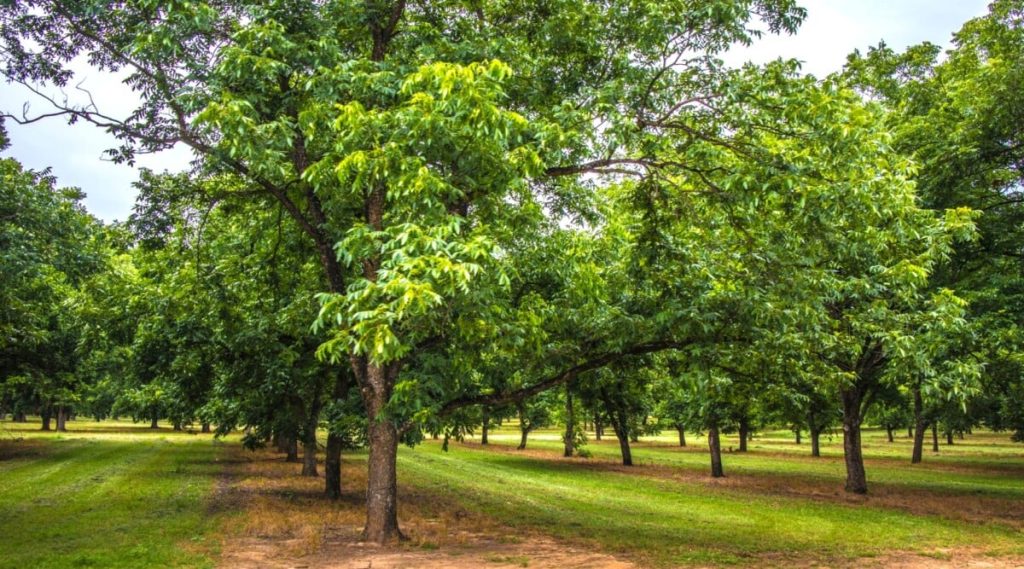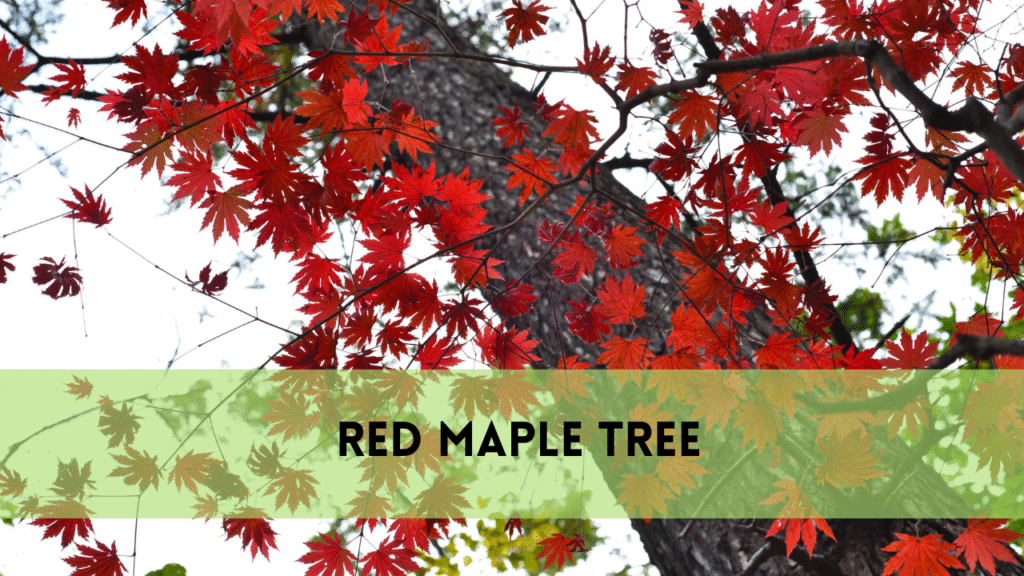Save a Dying Mimosa Tree
Understanding how to save a dying mimosa tree is critical for arborists in Crosby, Texas, who want to preserve the beauty and health of these treasured ornamentals. Mimosa trees, famed for their delicate foliage and brilliant blossoms, can succumb to a variety of stresses, resulting in deterioration. In this article, we’ll look at the most prevalent difficulties affecting mimosa trees, including as environmental stresses, pests, and diseases. Arborists may rejuvenate these graceful examples and maintain their survival in the landscape by spotting indicators of trouble and applying appropriate solutions. Join us as we learn key strategies and procedures for reviving sick mimosa trees, restoring their vitality, and improving the attractiveness of Crosby’s greenspaces.
How to save a dying mimosa tree?
Understanding the Mimosa Tree
Mimosa trees, also known as Albizia julibrissin, are deciduous trees native to Asia, primarily Iran and China. These trees are known for their distinctive look, which includes fluffy compound leaves and brilliant pink or white flowers that bloom in clusters during the summer. Mimosa trees can reach heights of 20 to 40 feet, with a spreading canopy that creates dappled shade in the landscape.

Mimosa trees are treasured for their fragrant flowers, which attract pollinators such as butterflies and bees, in addition to their aesthetic appeal. Despite their attractiveness, mimosa trees are vulnerable to several stresses and diseases, including vascular wilt, powdery mildew, and root rot. Understanding mimosa trees’ particular qualities and vulnerabilities is critical for properly identifying and resolving concerns that may occur, protecting the health and vitality of these beloved ornamentals in Crosby, Texas.
Assessing Tree Health
To determine a mimosa tree’s health, a detailed evaluation of its physical condition and general vigour is required. Begin by scrutinizing the tree’s foliage for symptoms of yellowing, wilting, or unusual growth. Healthy mimosa trees have brilliant green leaves that do not brown or yellow.
Next, inspect the tree’s bark for any lesions, fissures, or decay that could signal underlying problems like pest infestations or fungal diseases. Check the branches for dieback or canopy thinning, which might be symptoms of stress or disease.
Additionally, investigate the soil surrounding the base of the trunk for symptoms of root rot or waterlogging to assess the tree’s root system. Healthy roots should be firm and white, whereas diseased roots may appear darker or mushier.
Finally, examine environmental elements such as sun exposure, soil quality, and moisture levels, as they can all have an impact on the tree’s health and resilience. Arborists in Crosby, Texas can build successful strategies for promoting the health and longevity of mimosa trees in the landscape by thoroughly examining these numerous elements
Reviving a Dying Mimosa Tree
Reviving a dying mimosa tree necessitates immediate action and close attention to its special requirements. Begin by addressing any underlying causes of the tree’s health, such as poor soil quality, insufficient hydration, or pest infestations.
First, make sure the tree gets enough water, especially during dry spells, to prevent dehydration and wilting. Mulching around a tree’s base can aid in moisture retention and soil temperature regulation.

Next, consider using a balanced fertilizer to replenish nutrients and promote new growth. Pruning dead or diseased branches can also promote healthier development and enhance the tree’s look.
If the tree displays signs of pest infestation or disease, speak with a professional arborist to establish the best treatment choices. In severe cases, systemic insecticides or fungicides may be required to control pests and avoid additional harm.
Finally, provide continuing care and monitoring to ensure that the tree continues to heal. Regular inspections and maintenance can help detect any concerns early on and prevent future difficulties. With the right care and attention, a dying mimosa tree can be revived and restored to its former health.
Related Posts:
Preventative Measures
Keeping a mimosa tree from dying requires careful maintenance and attention to its environmental needs. You may keep your mimosa tree healthy and active for many years by taking preventative steps.
First, make sure the tree is planted in a well-drained area with enough of sunlight. Mimosas thrive in full sun to light shade and appreciate moist but well-drained soil.
Watering on a regular basis is necessary, especially during droughts or hot weather. Deep watering at the tree’s base promotes deep root growth and increases the tree’s ability to endure droughts.
Mulching around the tree’s base can help conserve moisture, control soil temperature, and reduce weed growth. However, avoid putting mulch against the trunk, since this might cause rot and disease.
Inspect the tree on a regular basis for symptoms of pests, illness, or nutritional deficits. Address any concerns that occur immediately to avoid them from escalating and creating widespread damage.
By adopting these precautions, you can improve the long-term health and resilience of your mimosa tree, lowering the likelihood of it being stressed or infected.
FAQS
How frequently should I water my mimosa tree?
Mimosa trees like well-drained soil and should be thoroughly watered once a week, particularly during dry seasons.
Can I save a mimosa tree that has yellow leaves?
Yellowing leaves could suggest a nutrient shortage or excessive watering. Adjust watering and fertilizing as needed to restore the tree’s health.
Is it usual for mimosa trees to lose their leaves?
Mimosa trees are deciduous, which means they shed their leaves each fall. However, excessive leaf drop outside of the autumn season may indicate a larger problem.
Should I prune a dying mimosa tree?
Pruning dead or diseased branches is critical for increasing air circulation and stimulating new growth. However, avoid excessive pruning, which might cause stress.
Is it possible to transplant a suffering mimosa tree?
Mimosa trees should be transplanted with caution, preferably during the dormant season. After transplantation, make sure to provide correct root care as well as adequate water and nutrients.
How long does it take for a mimosa tree to heal?
The recovery period for a dying mimosa tree depends on the severity of the problem and the efficiency of the therapy. Significant improvement can be evident within a few months of receiving good care.
Conclusion
Finally, caring for a dying mimosa tree involves close attention, prompt intervention, and a proactive approach to addressing underlying concerns affecting its health. Understanding the mimosa tree’s individual demands, monitoring its health on a regular basis, and taking suitable actions to revive and prevent further deterioration will help you recover its vitality and beauty. Remember to supply enough water, sunlight, and nutrients while avoiding stressors like compacted soil, severe temperatures, and pest infestations. Furthermore, taking preventative steps and dealing with any problems as soon as they develop can help your mimosa tree retain its long-term health and resilience. With patience, effort, and correct care, you may save a dying mimosa tree and enjoy its beautiful foliage and vivid blossoms for many years to come. By following the guidelines outlined in this article, you can become a steward of the natural beauty and majesty of the mimosa tree in your landscape.




